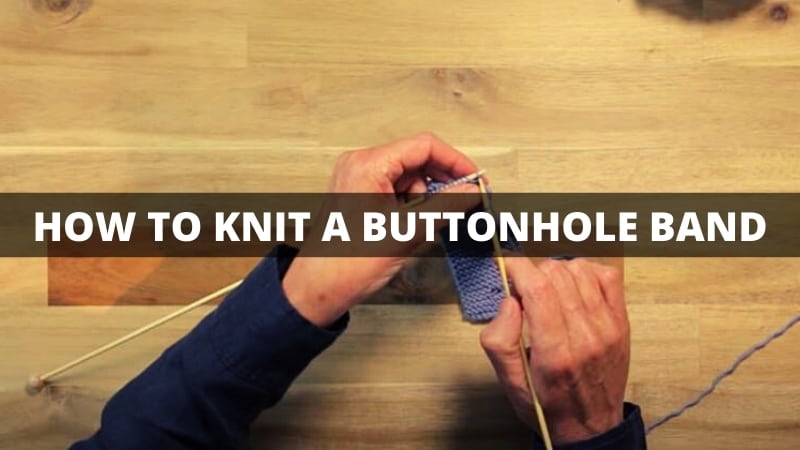How To Knit A Buttonhole Band?
We have a load of experience with different types of knitted button bands. However, when we started our journey, things were not as easy and as simple as it is now. We did not have that many resources to learn how to knit a buttonhole band, nor did we have anyone show us how.
Well, that is one thing we do not want to happen to you. That is why just like the rest of the guides, such as the guide on how to knit a buttonhole in garter stitch and how to knit a buttonhole in moss stitch, we will keep things simple. So, grab yourself a hot beverage and continue reading!
Steps to Follow to Knit a Buttonhole Band
Here, we would recommend using a bartack sewing machine. However, many will argue that hand sewing is better, like on the topic of hand sewn buttonholes vs machine we covered. Well, even without a bartack sewing machine, you should end up with a buttonhole band that should be close to perfection.
That being said, the steps you need to follow for this are as stated:
Step 1: Begin with the Non-Buttonhole Side
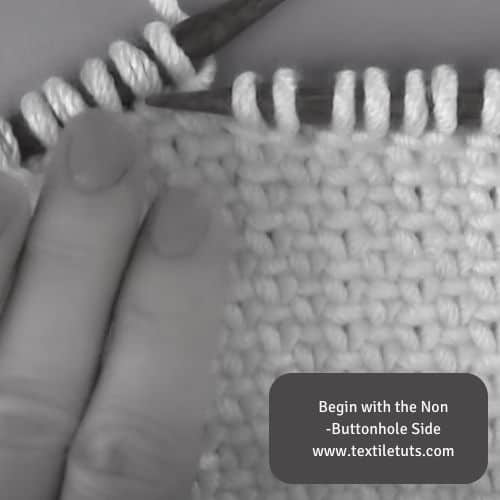
First, you need to start working with the non-buttonhole side, just like in the process of how to sew a buttonhole on an old machine. Pick up the stitches by considering the suggested pattern. Note down the number of stitches that are picked up. Then work with the rows or inches as specified.
Here, we would like to share a tip with you. After completing the non-buttonhole side, you can start assessing whether the effect is going to likable or not. If the fabric is pretty dense, you might have to opt for tight ribbing. Also, the band will not look that pretty if the work on the non-buttonside is not done properly.
Step 2: Select the Right Type and Amount of Buttons
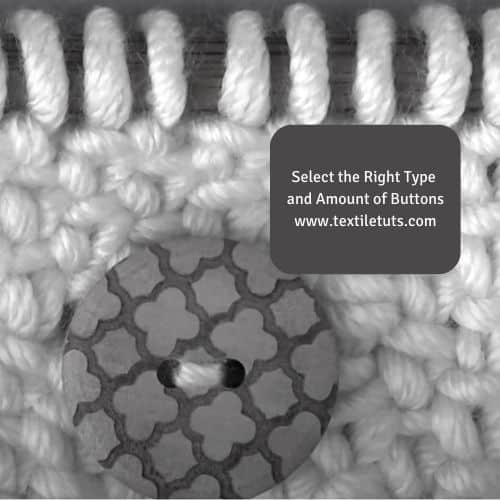
Like the process we followed on how to tidy up knitted buttonholes, choose the right button that goes well with the band. Here, we would recommend laying them flat against the competed band to have an idea of how the end product is going to look. Also, do consider how many buttons you are planning to stitch.
In this case, one of the important things you need to consider is the design and the color of the buttons. Yes, any design will look good on the band. But going for the classy ones in this type of work will not be ideal. To get the best overall looks, we would suggest opting for the ones that seem to go the best with bands.
Step 3: Work on Making Buttonholes
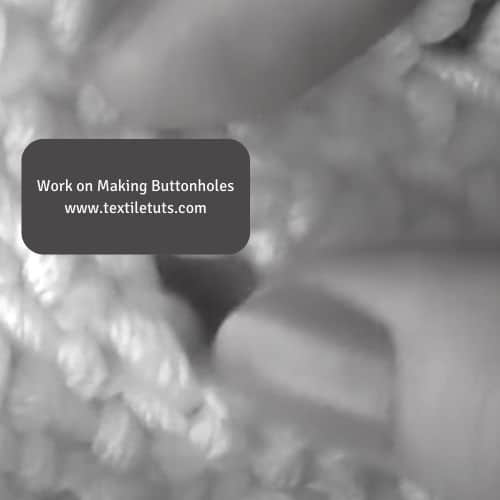
In this step, you first need to work on some of the factors. Especially without focusing on the spacing and the width of the buttons, the holes are not going to look that good. For us, the calculation of the buttonhole spacing was easy. We used a 65 stitch band with five different holes on it.
Once you have factored in all of the points, work on calculating the right positions of the buttonholes. Here, going for the prettiest looks is not the main concern. Instead, your main concern should be to maintain the spacing properly. That will eventually offer you a good overall look in the very end.
In this case, we would like to state that you can follow plenty of techniques to create a buttonhole. But according to us, the simple way would be to follow the yarn-over buttonhole. The process is simple and straightforward. And as yarns are stretchy, you would have a good amount of flexibility during the process.
On the other hand, if you are using buttons that are reasonably large in size, you might need to follow other processes. Those are going to be a bit complex. So, we would recommend selecting relatively small or medium-sized buttons. That will keep the whole process simple, like learning how to knit a vertical buttonhole.
Step 4: Work on Half of the Rows
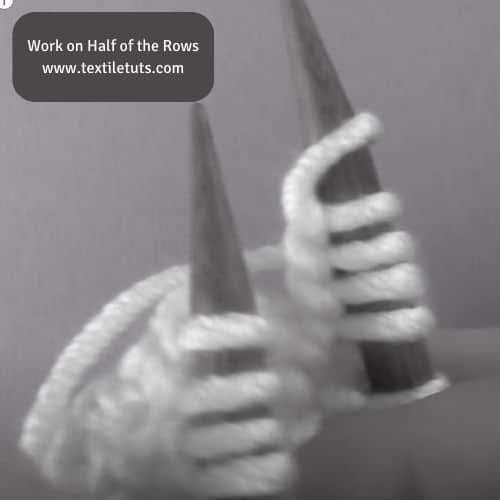
After making all the calculations, you need to work on the holes as you have calculated. Here, the process is going to be a lot similar to the one we covered on how to knit a buttonhole in rib. And the primary factor would be to work on the even rows and leave the odd rows behind.
Do make sure that you are working on the pattern properly, or else the end result is not going to look that well. After completing the pattern, you should end up with a proper-looking button band.
Step 5: Sew the Buttons

Now that you are done with the band, start sewing the buttons in place. In this case, you need to start sewing from the opposite side of the band. Do make sure that you are using the same thread or matching thread of the band, or else the buttons are going to look funny.
Additionally, consider the overall pattern of the buttons and the right spacing that you have calculated on the steps above. Without keeping them in mind, the buttons might end up misaligned and out of place.
Our tip here would be to set the button five to six times. Then simply wrap the thread around the of the button, which should be directly between the button and the and. After that, you would need to secure the yarn on the backside. To cut the thread, use scissors like the one we used on how to use buttonhole scissors.
Can I Use the Buttonhole in Garter Stitch Technique for Knitting a Buttonhole Band?
Yes, you can use the knit buttonhole garter stitch technique for knitting a buttonhole band. It creates a sturdy, yet flexible buttonhole suitable for garter stitch projects. Simply follow the specific instructions for this technique to add perfectly functional and visually appealing buttonholes to your knitting projects.
Final Words
There are plenty of things you can do with buttons. And for most of the cases, they do not have to be evenly spaced and be in the proper position. But for learning how to knit a buttonhole band, you need to prioritize two of those factors. Also, to get the best-looking results, ensure that you are following the steps properly.
REFERENCES:

